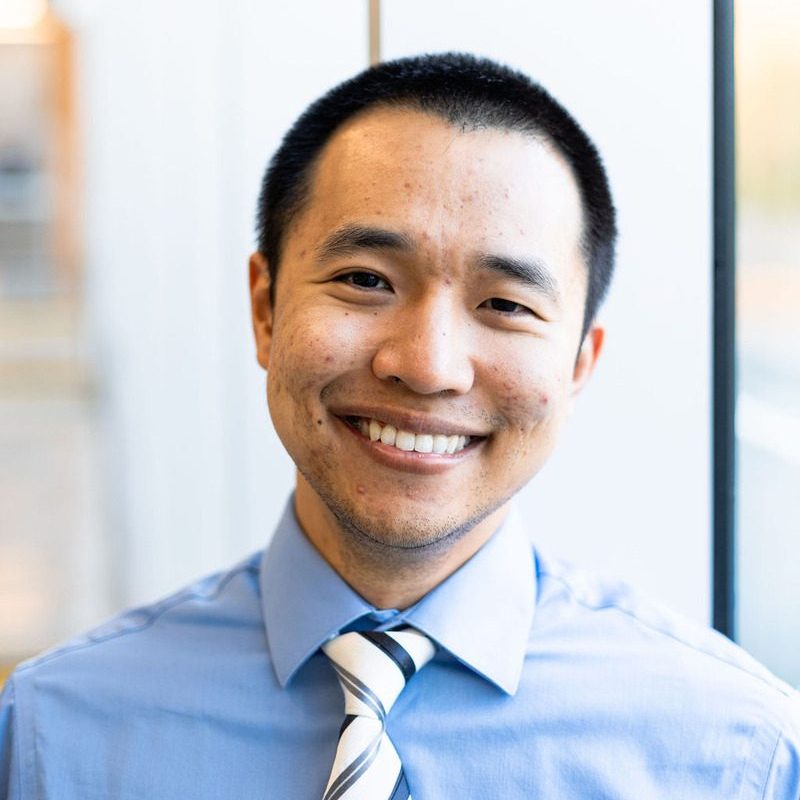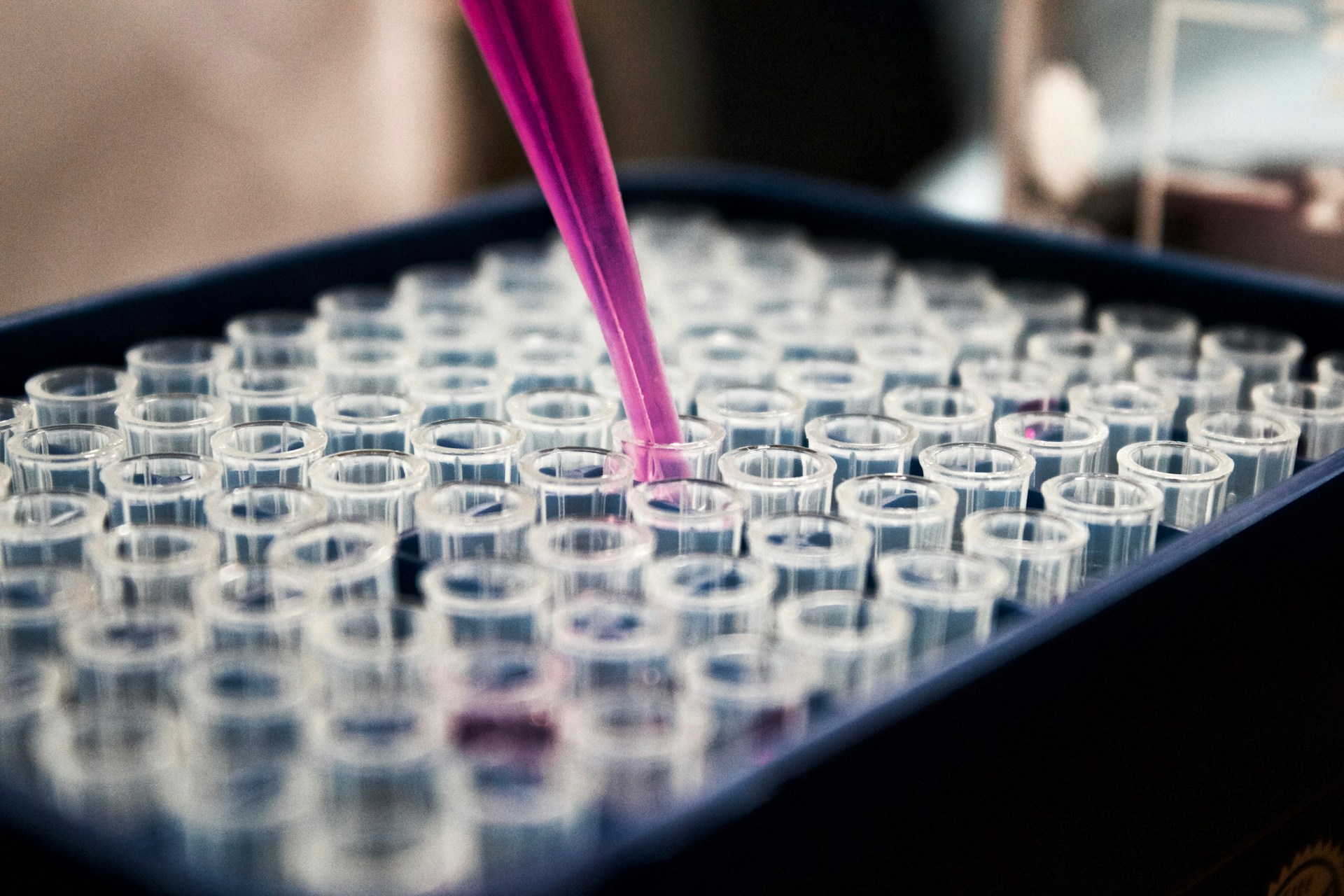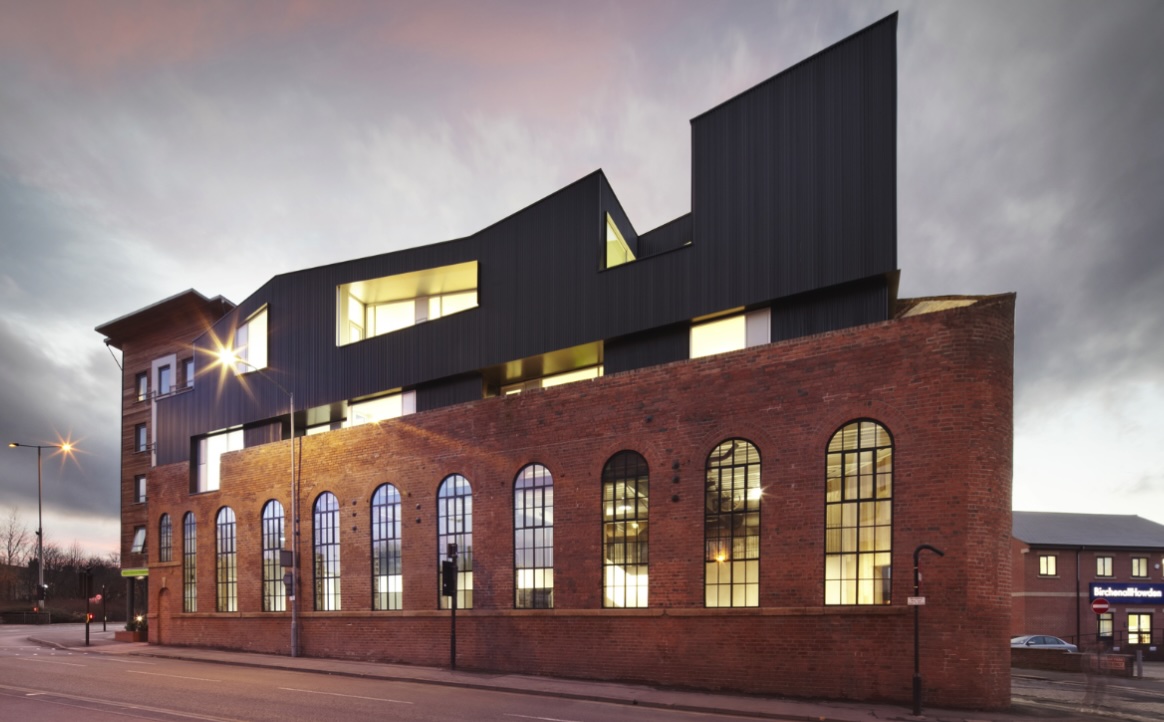Welcome to the first edition of a new interview series! GenoWrite is beginning this series as part of its media partnership with the Society for Laboratory Automation and Screening (SLAS). As I looked through the list of AveNEW winners, I noticed that Cryologyx, one of the AveNEW recipients, had dealt with cryopreservation. Since I previously spoke with someone who specialized in lyophilization, I saw it as a good opportunity to continue delving into the field.
That’s because cryopreservation is a crucial part of life sciences research. Think of the times you needed to transport clinical samples to the lab for testing. Or your need to establish a cell biobank that future members of your lab could come back to for reference. Maybe you needed to store your samples for a long time in case you needed to do more experiments on them. All of that is only possible with a robust cryopreservation protocol.
Researchers today encounter many technical issues preserving their materials at cold temperatures. For one, the process of freezing can kill the cells, reducing viability and recovery. Freezing cells with existing protocols is also tedious and repetitive. The time taken to culture cells, count them, and handle frozen specimens, could have been time spent on other critical aspects of research.
Dr. Tom Congdon, CEO and Co-Founder of Cryologyx, recognized these problems and spun out his company from his research at the University of Warwick (UK). As one of the companies selected for the AveNEW program, he has steered Cryologyx towards addressing the challenges of cryopreservation. To that end, he and his team have developed technologies for cell-based assays and created novel cryoprotectants. Most important of all, his products have made possible the automation of cryopreservation for cell cultures and clinical samples.
If you’re working with cell cultures and biobanks and are seeking to preserve them at high-throughput rates, check out this interview with Tom Congdon. He’ll also be at SLAS 2025 in San Diego, so be sure to connect with him if you’re in the area this January!
The Interview
PN: Thank you for taking the time to speak with us, Tom. Let’s jump right into the world of cryopreservation. What is it, and how does understanding and refining it advance biomedical research?
TC: Cryopreservation is the process of freezing biological materials at very low temperatures. By cold, we’re not talking about the typical wintry Christmas nights on TV. We’re talking temperatures as low as -80oC or even -196oC depending on the method we use. At these temperatures, we can freeze the cells in time and stop them from damaging themselves with proper care. With cryopreservation, scientists can store cells and revive them without affecting their traits.
The techniques that our team is developing will help us store and transport samples and cells without compromising their quality. We can supply consistent batches of cells for researchers and reduce our need to continually grow our cells through continuous culture. In doing so, we can save time and resources, minimize contamination risks, and ensure reproducibility in our experiments.
PN: There’s also been discussions to make sure we treat animals humanely, and advanced cell models such as organoids are at the centre of these discussions. What are organoids, and how would making cryopreservation possible for them make animal treatment more humane?
TC: Advanced cell models, usually either spheroids or organoids, are made from multiple different cell types. What makes them different from other cell models is that they can be arranged or grown to be superior mimics of environments inside the body. We can make models of miniature organs or specific environments, often using tissues donated by patients, so we can get accurate data on how drugs interact with different organs or specific tumours. Before these models existed, the only option was to test the drug on animals and then examine the effect the drug had on the animal’s organs post-mortem. With advanced models, we can eliminate the need for animal testing. The FDA and EU also agree. They introduced new legislation to reduce animal experiments and promote the use of advanced models.
Nonetheless, the increased complexity of advanced models means that they are harder to cryopreserve and require specialists to make them. By effectively cryopreserving these models, we can create ways for models to be made and stored frozen, shipped to wherever they are needed, and then used on demand. Having easy access to advanced models would eliminate the need for animal testing in most cases.
PN: Speaking of transporting, you also help scientists transport and store biological samples for research. What were the challenges you’ve observed with existing cryopreservation techniques, and how does it affect research?
TC: We are processing cell cultures at a rate never seen before in the life sciences sector. We need cells for many applications, such as assessing aberrant immune responses in organ transplantations, conducting in vitro fertilizations (IVFs), and performing regenerative medicine with stem cells. That’s only cutting the surface into the power of cryopreservation. However, preserving cells and samples is still a time-consuming process and a shot in the dark. Here are a few of the problems making cryopreservation difficult:
- Current cryopreservation methods are manual or semi-automated. We often use specialized freezing containers and freezers that turns cryopreservation into a time-consuming process. The methods require extensive labour and expertise, and results can vary. We can’t keep cryopreservation a low-throughput effort if we want to meet the growing needs for human cells.
- Existing cryoprotectants can also be toxic to the cells that we’re trying to preserve. I’ll take DMSO as an example. It’s a common cryoprotectant, but it can’t prevent damage caused by ice formation inside the cells and propagation from cell-to-cell contacts.
Put together, we needed a new formulation and workflow that can store and transport cells to the lab without being compromised by freezing. These pipelines would address issues associated with continuous routine cell maintenance and accelerate toxicity screening.
PN: Those are valid challenges to address in cryopreservation, which is where CryoShield comes in. How does CryoShield address the challenges seen in preserving cells?
TC: Our formulation is unlike other cryoprotectants. Cryoshield contains nature-inspired soluble ice nucleators. Nucleators initiate a process called nucleation, the first step that occurs when a liquid becomes a solid, at high subzero temperatures. This allows us to control the cooling process and prevent any supercooling effects. Cells attached to microplates can remain stable at -80oC for months and can be thawed with standard culture medium when preserved with CryoShield. Importantly, cells preserved with CryoShield will maintain any cellular functions they have, including metabolic activity,proliferative capacity, and specific hepatic functions.
PN: You provide assay-ready cryopreserved plates for several cell lines. Can this be done for all cell lines, or are there specific characteristics of the cell lines you’ve worked with that make this possible?
TC: The most interesting thing we’ve found in commercialising the business is that it’s more the format that we’re freezing the cells in rather than cell type that affects our process. There are hundreds of different cell types, and we’re able to freeze them all reasonably easily. What has been more challenging has been changing the format of freezing. We started in 24-well plates, but then moving to a 96-well plate we had issues because of the physics of freezing. Moving from 96 to 384 wells proved a similar challenge, but we were getting better at understanding how to overcome it, allowing us to expedite the problem-solving process.
PN: You’ve put much work into making CryoShield available for cell biology research. How did you and your team conceive CryoLogyx, and what were the most important factors that helped you establish and scale up your operations?
TC: Our team has been researching ways to create synthetic polymers that mimic antifreeze proteins since 2009. However, we only shifted focus towards designing polymers targeting specific mechanisms in cryobiology in 2015. Our shift to cryopreservation was a worthwhile one, resulting in a breakthrough in macromolecular cryoprotectants. Our cryoprotectants successfully froze cells while still attached to tissue culture plastic. With this breakthrough, we could thaw and recover the cells in a viable and healthy state, an achievement that standard cryopreservation technology — relying on organic solvents and sugars — could not replicate. By leveraging our expertise in cryopreservation and cell biology, we developed CryoShield™ to create assay ready cells that eliminate the need for extensive cell culture.
Our team’s deep expertise in cryopreservation, cell biology, and technology development allowed us to create robust, reliable products that truly meet the needs of our customers. Collaborating with research institutions, industry leaders, and early adopters has also provided us with valuable insights and credibility.
PN: It’s clear your hard work has paid off. Congratulations on being selected as an Innovation AveNEW company. How will accessing SLAS’s resources through this award help you scale up your company?
TC: Thank you! We believe that connecting with people in person is the most effective way to demonstrate the value of our product, and it’s something we’ve been truly enjoy doing. SLAS provides us with an incredible platform to reach a broader audience, not just in Europe but also on a global scale, which is both exciting and invaluable for our growth.
Being selected as an Innovation AveNEW company is a significant recognition of our technology. Earlier this year, our product received the SLAS Europe New Product Award, which greatly increased its visibility and impact across European markets. We’re confident that this new recognition will further expand our reach, helping us connect with industry leaders, potential collaborators, and key stakeholders, all of which are essential for scaling up our company.
Author
-

Paul Naphtali is a seasoned online marketing consultant. He brings to the table three years of online marketing and copywriting experience within the life sciences industry. His MSc and PhD experience also provides him with the acumen to understand complex literature and translate it to any audience. This way, he can fulfill his passion for sharing the beauty of biomedical research and inspiring action from his readers.
View all posts




